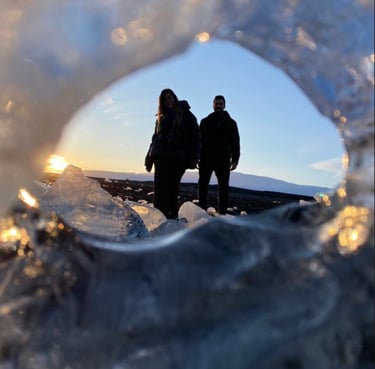South American Wildlife:
A Continent of Biodiversity
From the glaciers of Patagonia to the Amazon rainforest, South America is home to some of the most diverse ecosystems in the world. At Click Fauna, we specialize in showing you this natural richness responsibly, with a focus on conservation and respectful wildlife observation.
In this guide, you’ll find an overview of the main wildlife groups you can encounter on our trips, including information on the best times for observation, their primary habitats, and the regions where they can be found.
We believe in the power of mindful and respectful observation. Our excursions prioritize low environmental impact, respect for animals, and guidance from local experts committed to conservation.
An unforgettable experience! Click Fauna crafted a tailor-made trip that connected me deeply with the nature and wildlife of southern South America.
Mercedes Saiz

★★★★★














